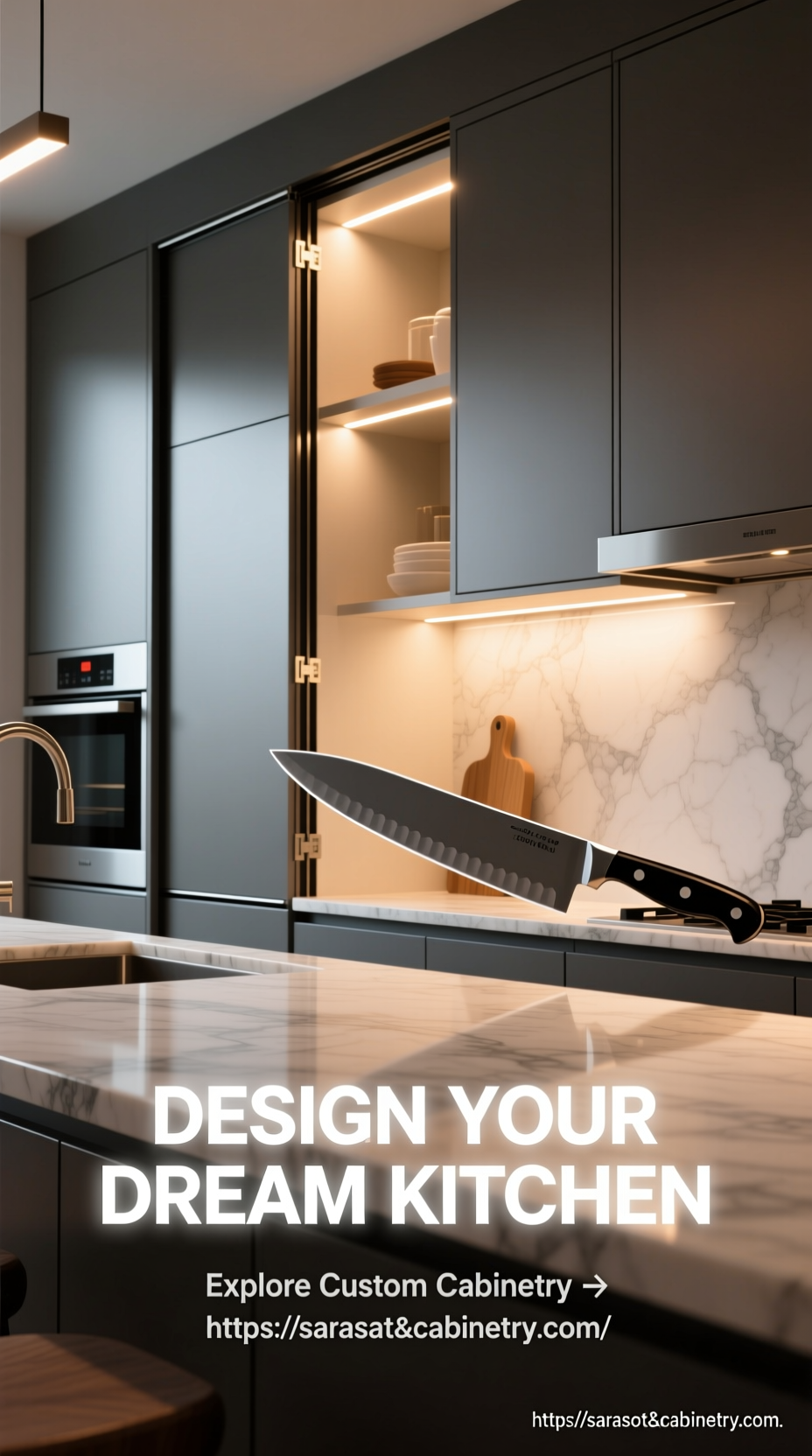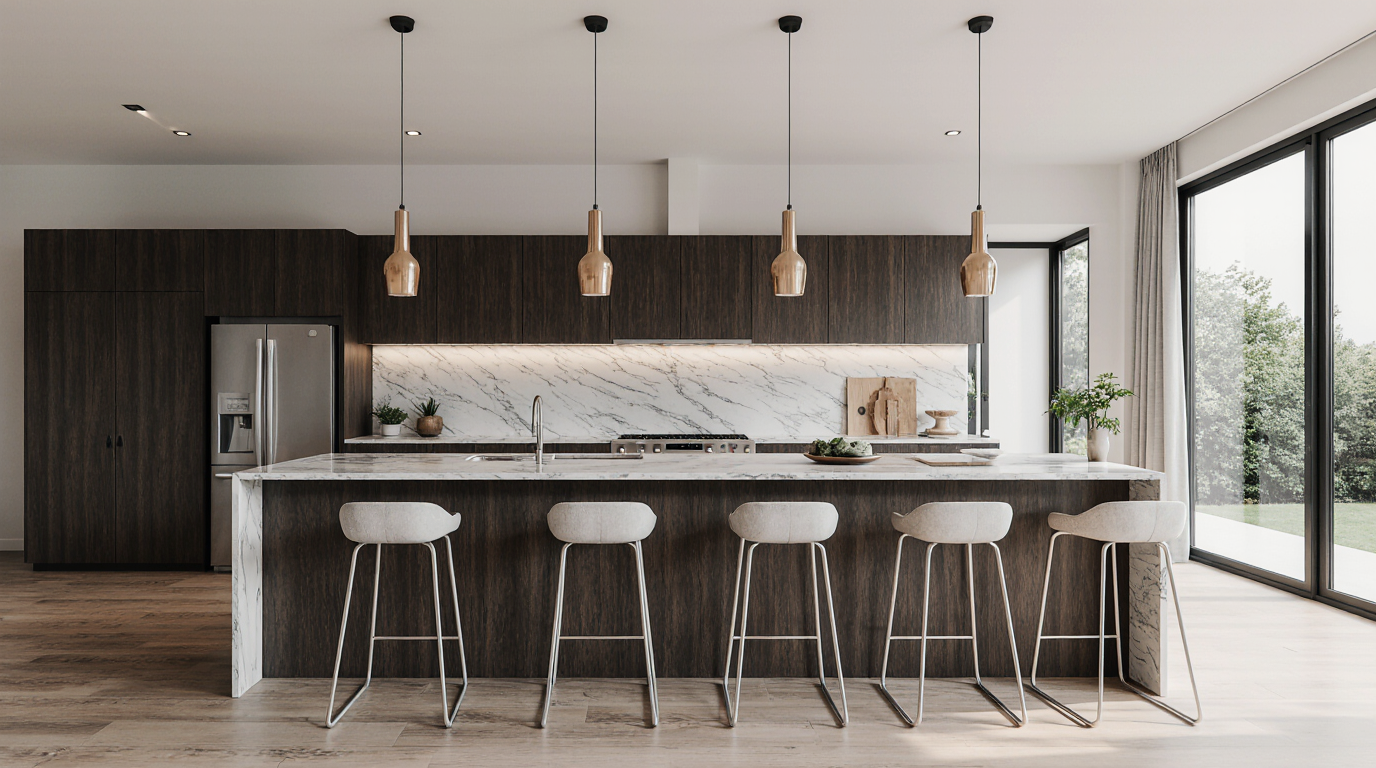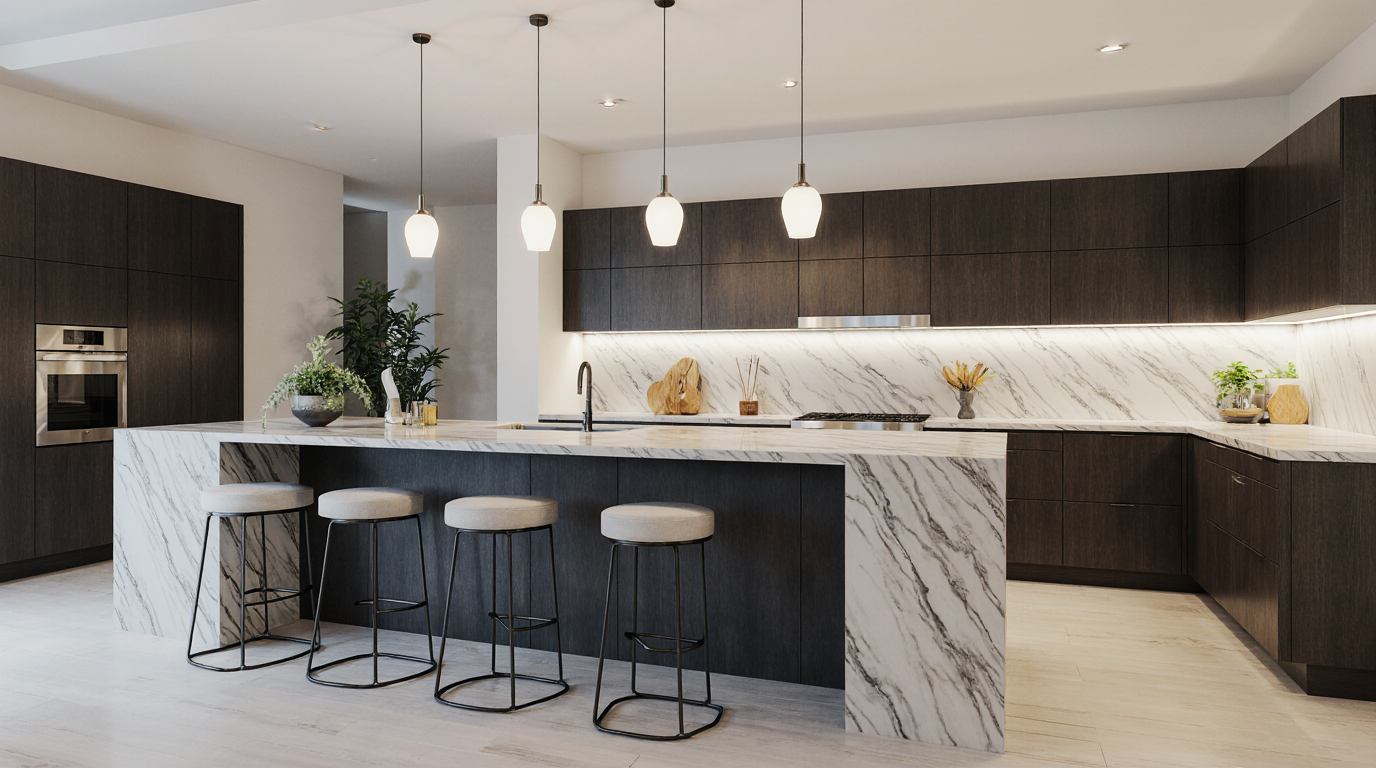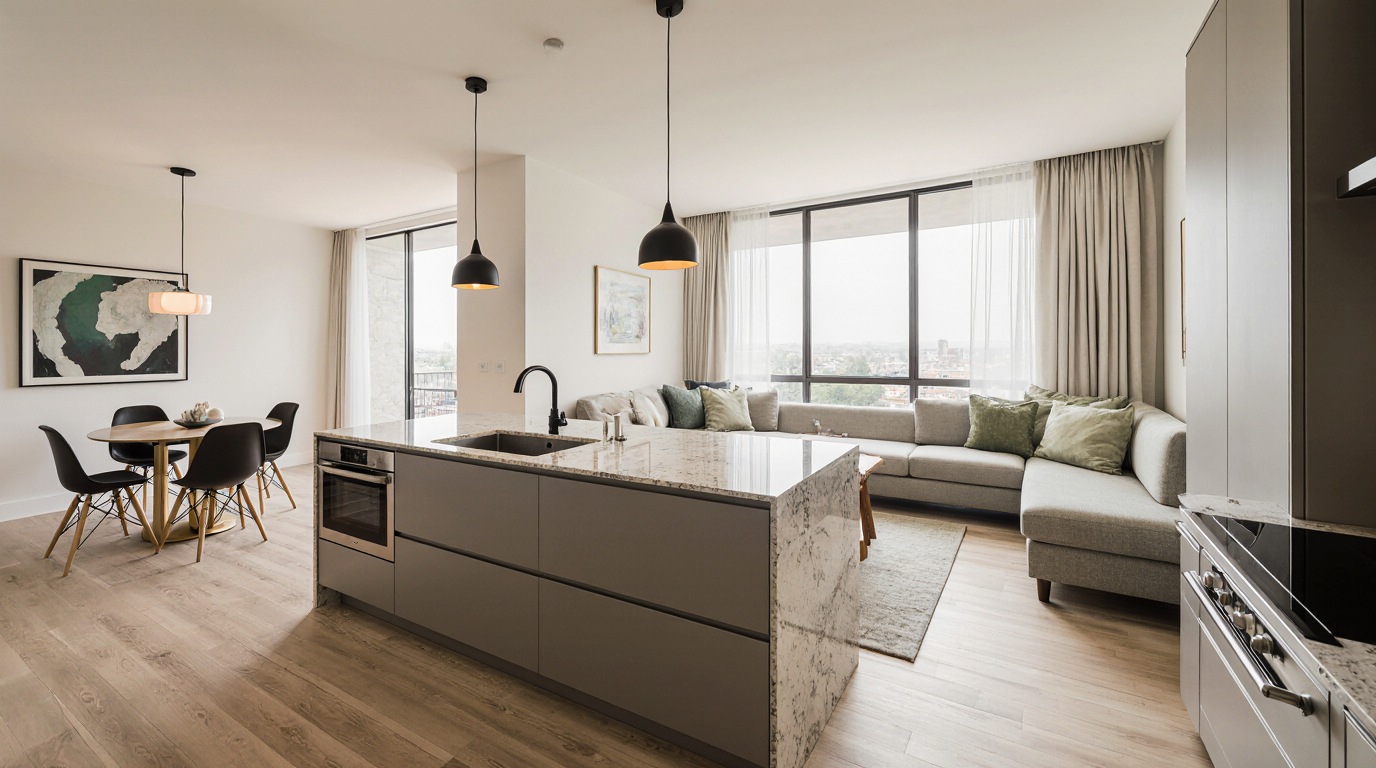Office Kitchen Design
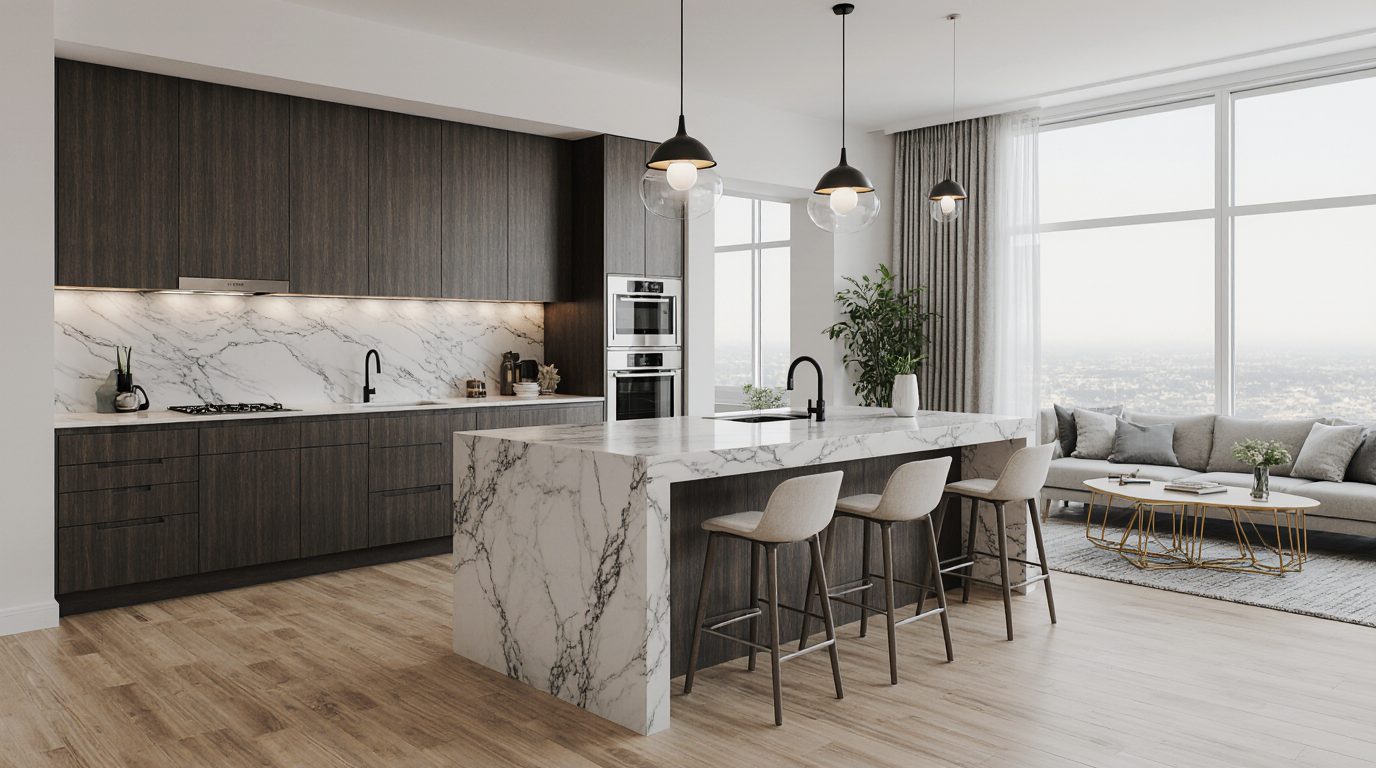
Office Kitchen Planning: Revolutionizing Work Environments into Culinary and Collaborative Spaces
Creating a functional and elegantly designed office kitchen design is an essential element for progressive corporate environments. Increasingly, organizations understand that the kitchen space is critical to staff satisfaction, productivity, and overall workplace satisfaction. A thoughtfully designed office kitchen can encourage social interaction, stimulate innovative thinking, and even improve mental and physical health. This approach goes beyond the simple installation of appliances and counters; it requires careful planning, attention to user comfort, and a insight into employee behavior patterns.
A exceptional office kitchen combines efficiency with stunning design. Material selection is a key determinant, as they must endure heavy use while retaining elegance. Surfaces like quartz, granite, and durable composites provide long-lasting strength, low maintenance, and a refined appearance that inspires pride. Using environmentally responsible materials not only adds to the kitchen’s longevity but also reflects corporate social responsibility, creating a space that staff are excited to access. Thoughtful selection of cabinetry is equally important, as smart shelving maximizes space and ensure smooth traffic flow, even during peak hours.
Lighting plays a central role in office kitchen design, impacting both functionality and mood. Combined lighting techniques—integrating general and task-specific lighting—ensure that all zones receive adequate light. A proper lighting enhances comfort and clarity, making it welcoming for staff interactions, meal prep, and casual breaks. Incorporating natural light through large windows or glass partitions can further enhance the space, reducing stress and promoting a healthier workplace environment.
Ergonomics is another critical factor of modern office kitchens. Counter heights, appliance placement, and seating arrangements must cater to diverse user needs. Customizable kitchen elements support diverse staff, while carefully designed stations reduce movement and time waste. Human-centered layouts boost productivity and minimize strain, supporting the well-being of the workforce. Casual seating facilitates collaboration and relaxation, fostering a sense of community within the office.
Technology integration transforms kitchens into intelligent work hubs. IoT-enabled devices enhance usability, efficiency, and cleanliness. Incorporating IoT-enabled devices allows monitoring of energy consumption, ensures timely maintenance, and supports sustainability initiatives. Subtle tech enhancements transform everyday tasks into effortless processes, making the kitchen a dynamic workspace feature rather than mere utility.
Acoustic considerations are often overlooked but are crucial in office kitchen design. Kitchens can be noisy, with coffee machines, dishwashers, and conversation all contributing to a potentially distracting environment. Noise-dampening solutions create quieter, more comfortable spaces, ensuring peaceful coexistence with nearby workstations. This ensures that employees can enjoy the kitchen without it becoming a disruptive element in the office.
Color schemes and design aesthetics significantly influence the atmosphere of an office kitchen. Thoughtful use of color balances calmness with stimulation. Color psychology plays a subtle yet powerful role; warm tones stimulate appetite and conversation, while cooler shades evoke calm and focus. A harmonious visual language strengthens brand presence and team cohesion.
Spatial planning is essential for maximizing usability and comfort. A strategically planned designs prevent bottlenecks during peak hours. Layout features like islands and open racks enhance accessibility and engagement. For limited areas, smart vertical solutions and convertible surfaces maintain both space and convenience. Planning the kitchen around peak usage times, such as morning coffee breaks or lunchtime, ensures efficiency and convenience for everyone.
Attention to detail elevates kitchens from basic to outstanding. Careful additions including composting stations, planters, and quality utensils enrich functionality and aesthetics. Interactive stations and health-focused amenities improve satisfaction and lifestyle. Finishing touches, from handles to drawer mechanisms, reflect thoughtfulness and refinement.
Eco-conscious practices are becoming central to modern office kitchens. Implementing energy-efficient appliances, low-flow faucets, and sustainable waste management solutions reduces environmental impact while lowering operational costs. Additionally, favoring eco-friendly materials influences staff behavior positively. Green kitchen design not only benefits the planet but also aligns with the values of employees, enhancing corporate reputation and workplace satisfaction.
Ultimately, an effective office kitchen is a reflection of the company’s culture and priorities. By focusing on functionality, aesthetics, ergonomics, technology, and sustainability, businesses can create a space that acts as both utility and interaction zone. Employees feel valued when they have access to a well-designed kitchen, leading to higher engagement, better morale, and improved collaboration. The right office kitchen design transforms a simple break area into a dynamic environment where creativity, connection, and comfort coexist seamlessly, making it an critical feature of employee-centric office planning.
Meticulous planning shows kitchens influence more than meals, shaping culture and efficiency; it is a strategic asset that influences productivity, health, and company culture. Investing in intelligent kitchen spaces reflects care for employee wellness and progressive corporate values. Strategically designed kitchens leave enduring positive impact, showcasing dedication to excellence and modernity.

